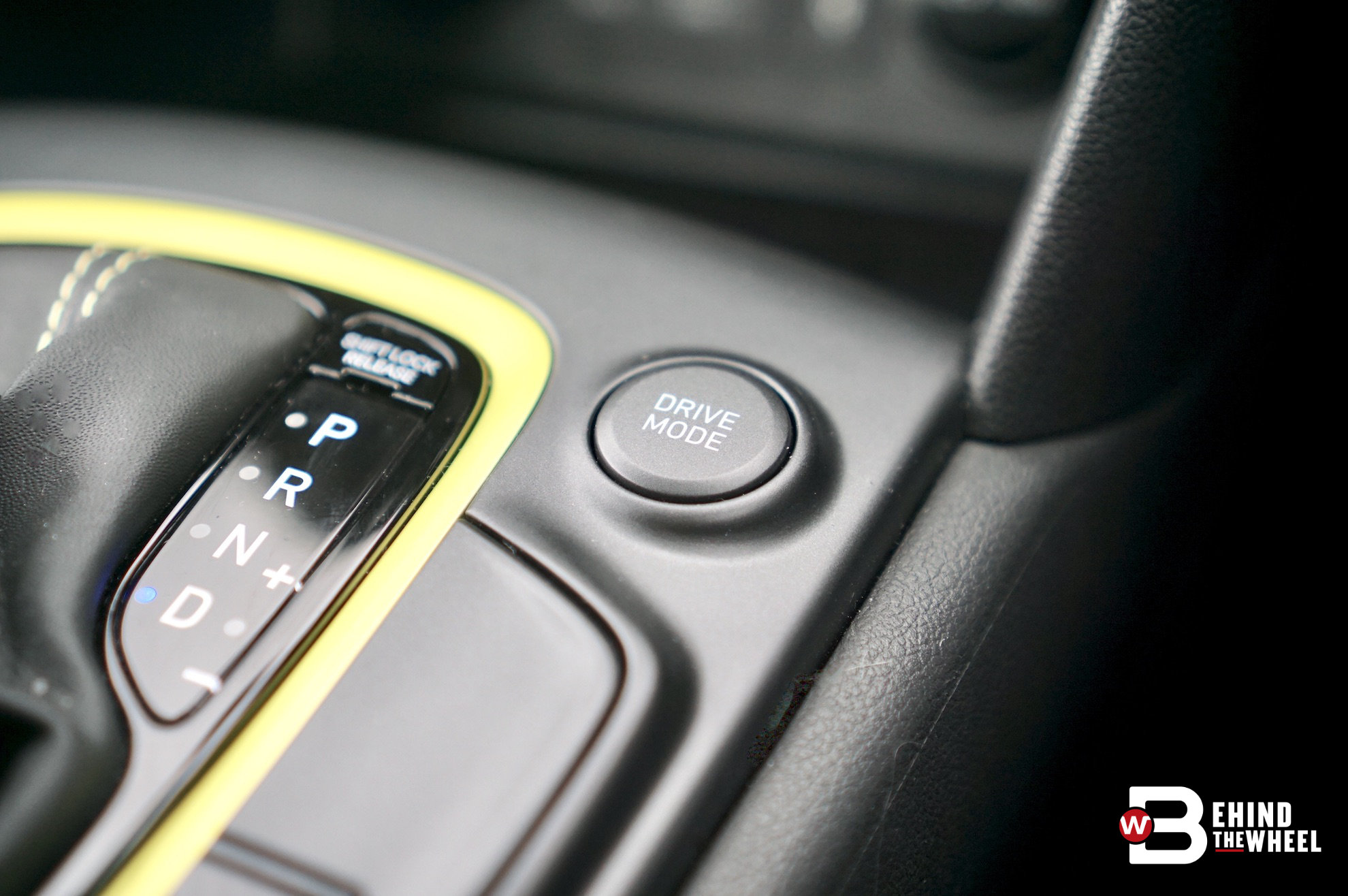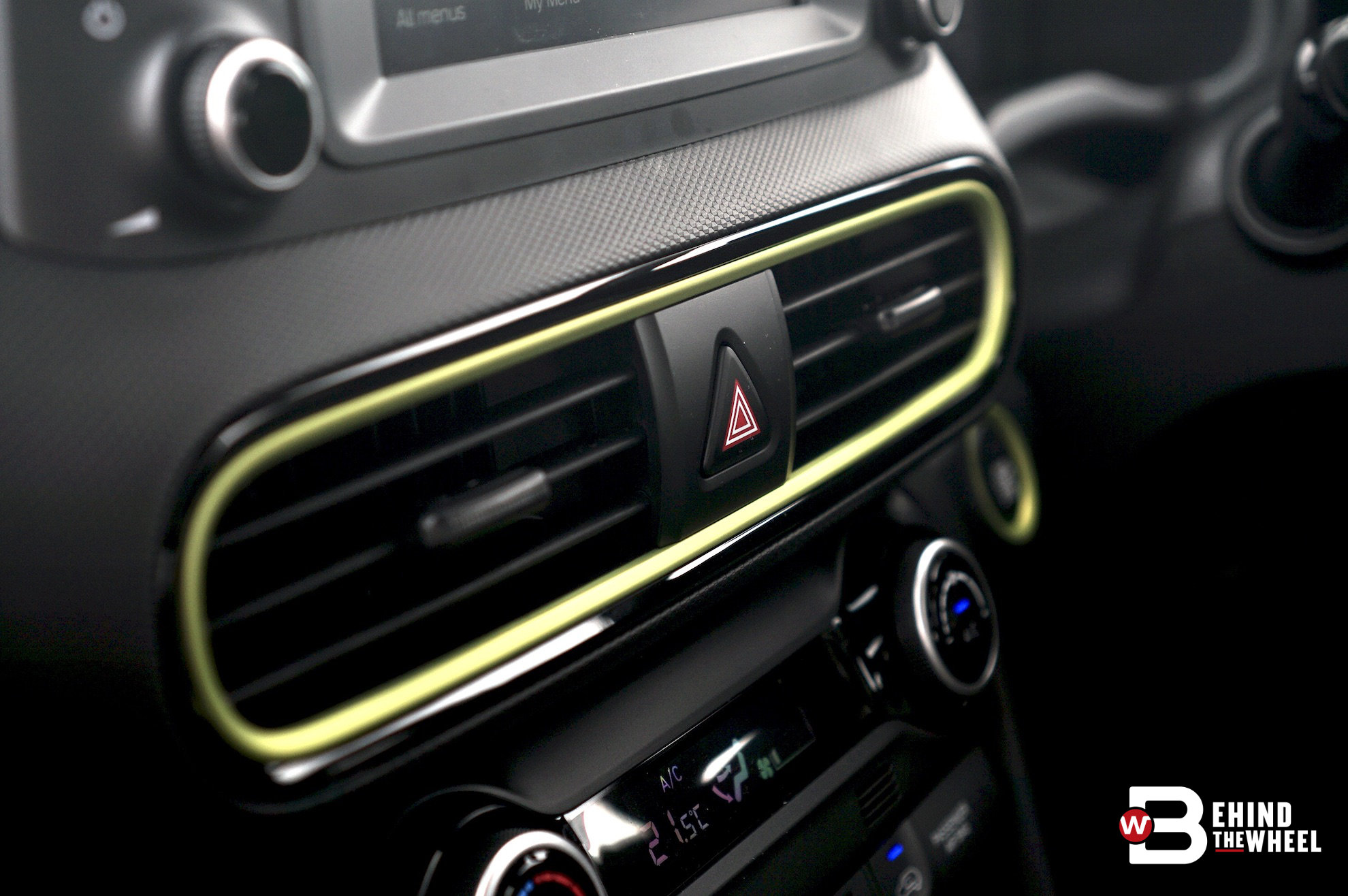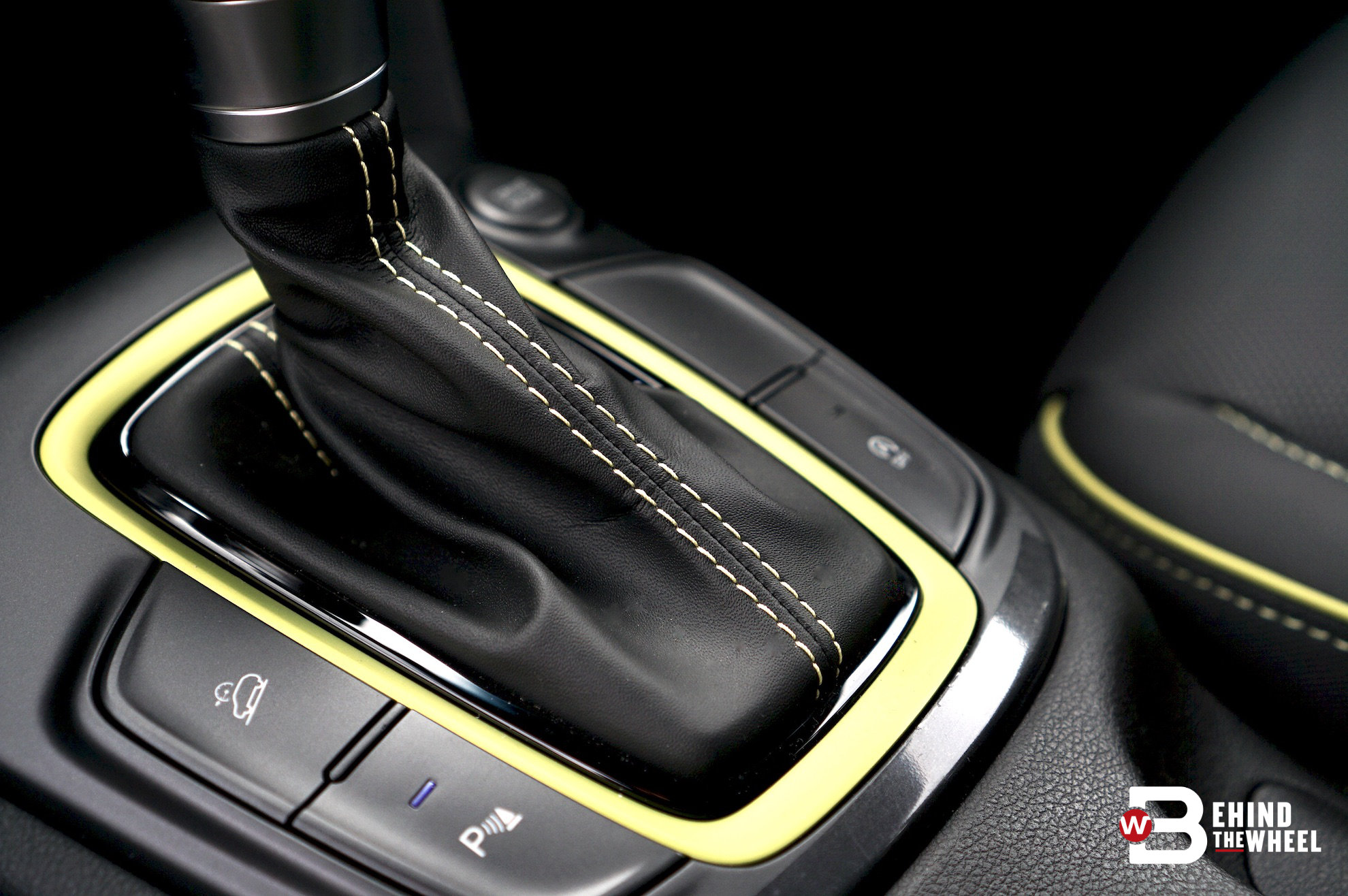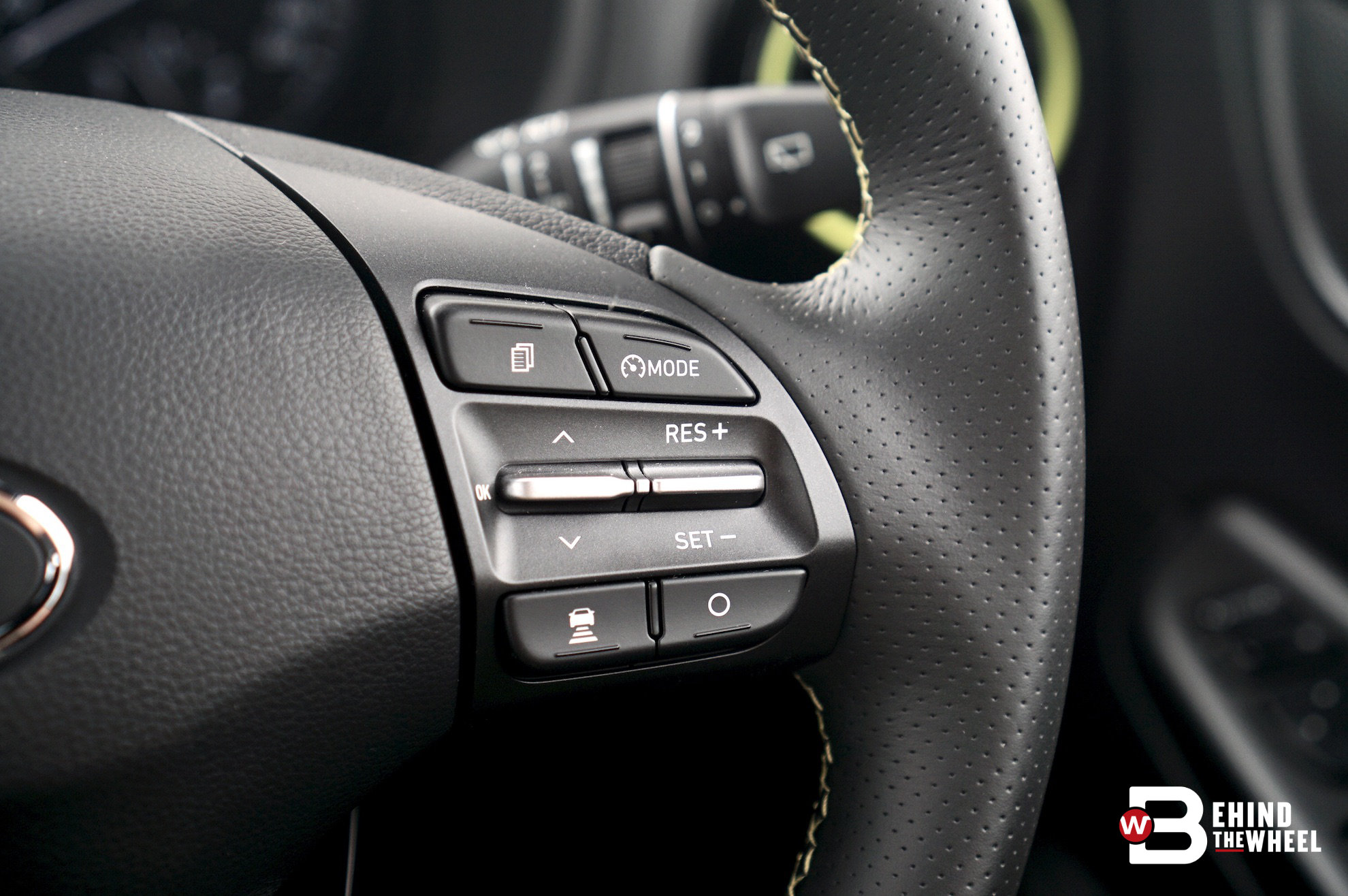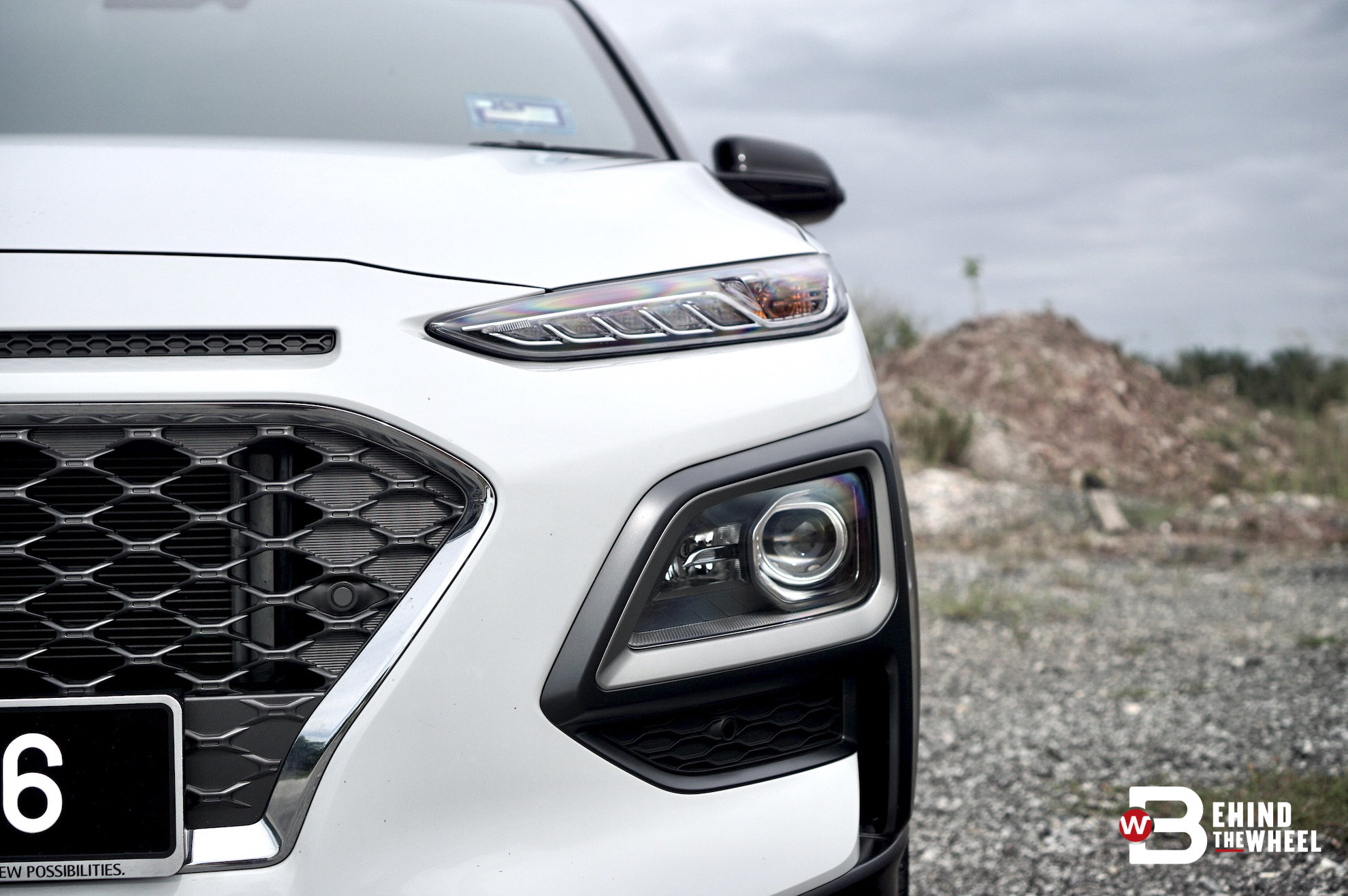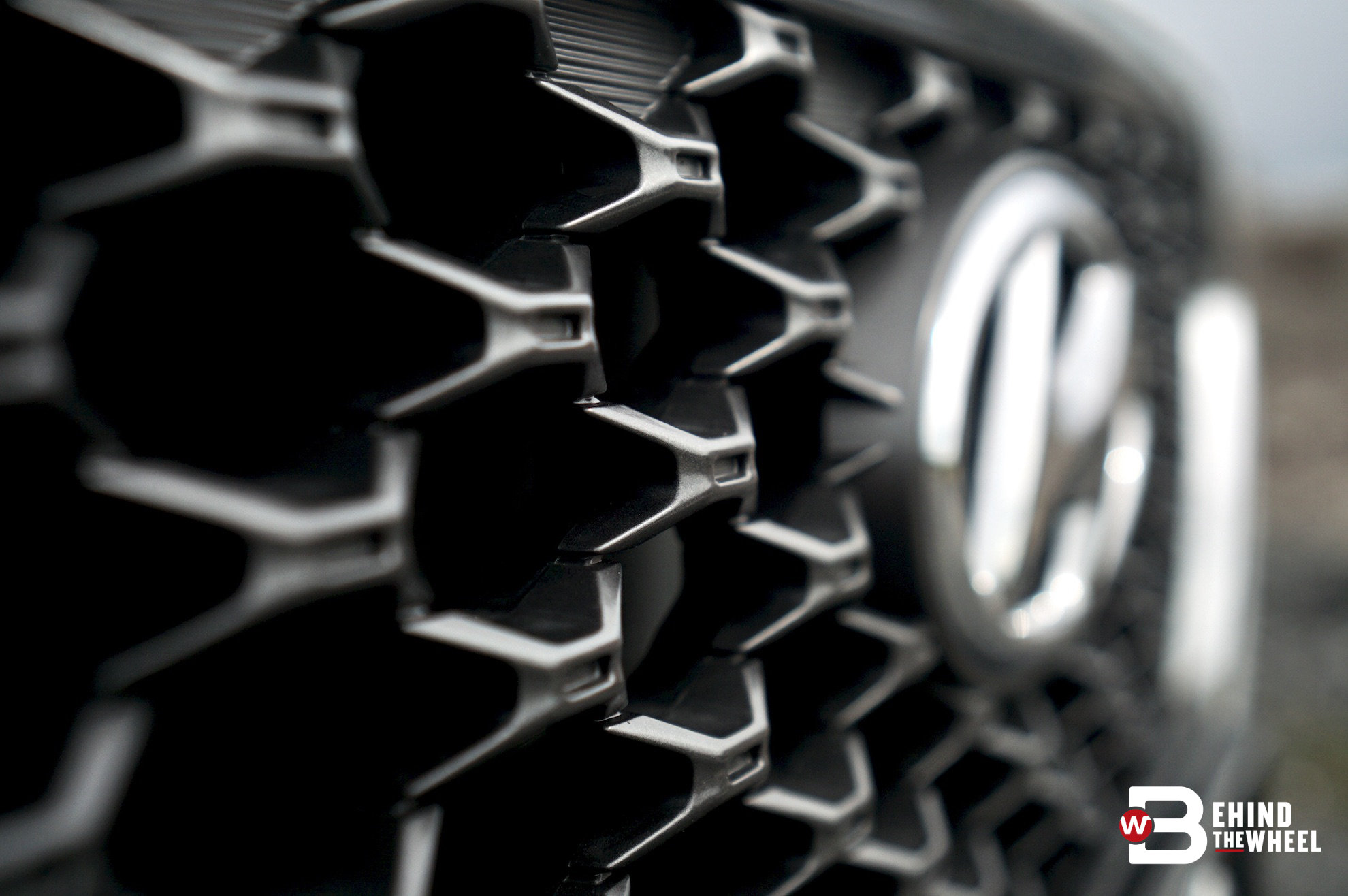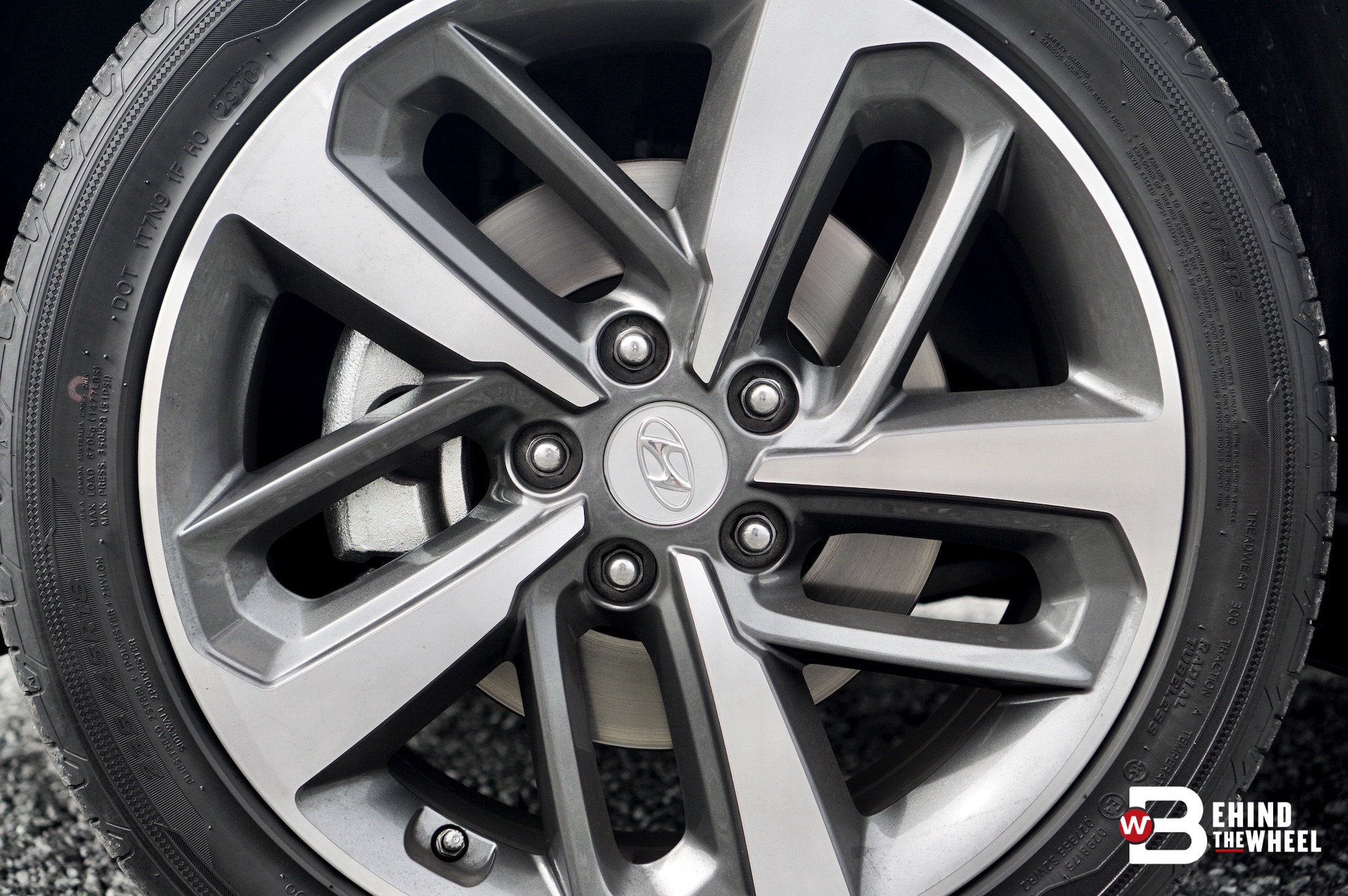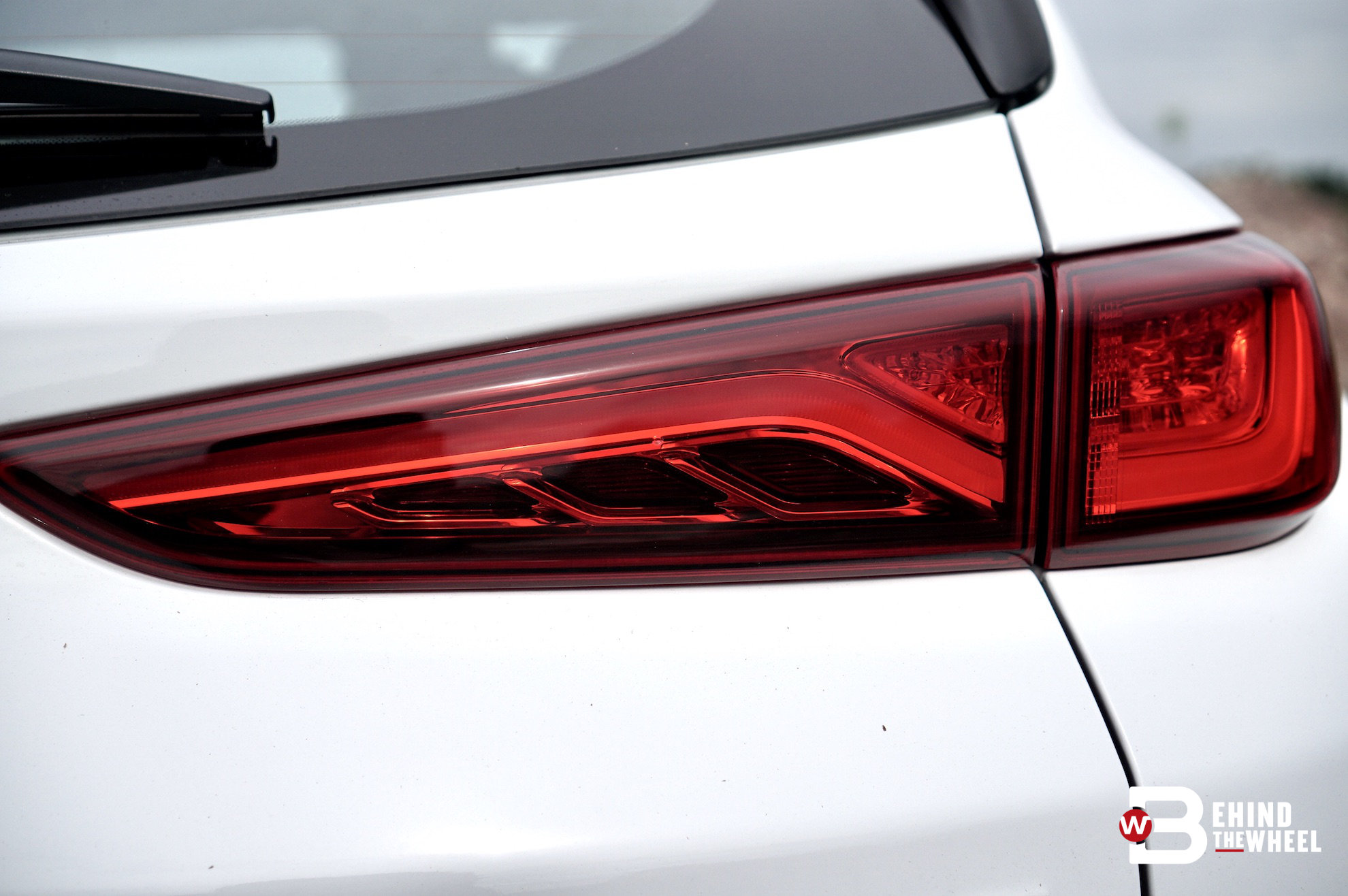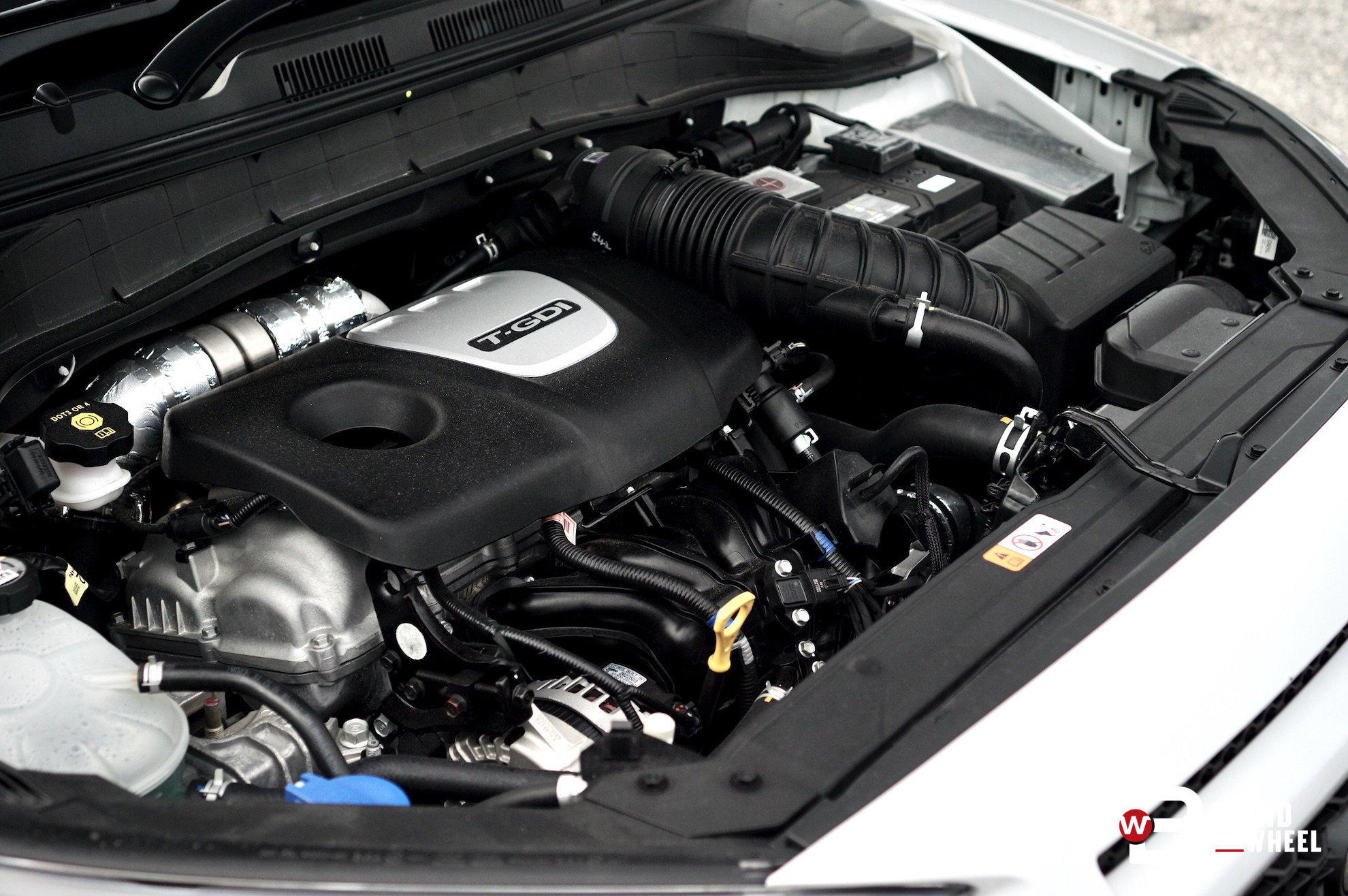The club is buzzing and the people are jumping. And while Honda HR-V, Toyota C-HR and Mazda CX-3 are partying in their respective private booths, the bouncer has just let the Hyundai Kona through the front doors. Call it fashionably late, if you will, but there’s no denying the Kona’s tardiness have put it on the back foot. So the question is, can Hyundai’s baby SUV attract its own devotees?
The Kona is, err, cute?
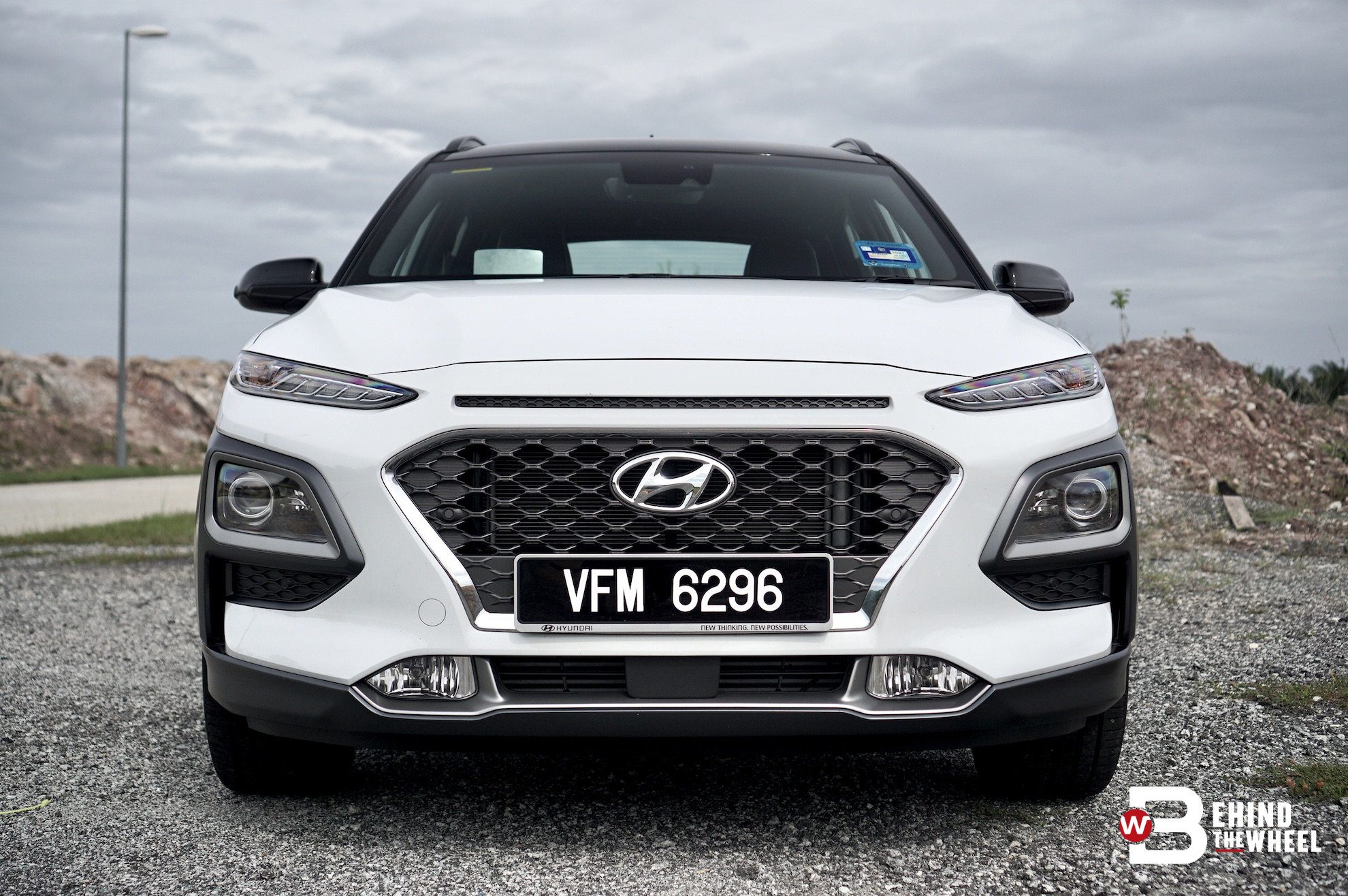
As history has shown, Hyundai isn’t one to shy away from controversial designs; look at the all-new Elantra to see why. However, Hyundai did not go crazy with the set squares when designing the Kona, preferring a more level-headed approach of well-defined arches and lines. As for the front, a large grille may dominate, but it is the narrow faux-vent slit that grabs more attention. Unlike the front end, the Kona’s rear appears more straightforward in comparison.
However, this wouldn’t be a Hyundai if there were no quirks to its design. Where all vehicles have combination head and tail lights, Kona has them split up. The brake lights are placed closer to the rear windscreen for the rear, whereas the indicators and reverse lamps are seated just above the rear bumpers.

In the front, the DRLs and the indicators are placed just below the bonnet. At the same time, the headlights are housed in the front bumpers, effectively becoming cheek-lights instead. Having said that, one might imagine the headlight placement will look normal on a sedan.
There are multiple colours to be had and going Blue Lagoon isn’t a bad idea. But no matter the colour you end up buying, it will be paired with a black roof to give the SUV a hint of youthful vibrance.
Oh, the Kona has neon seat belts.
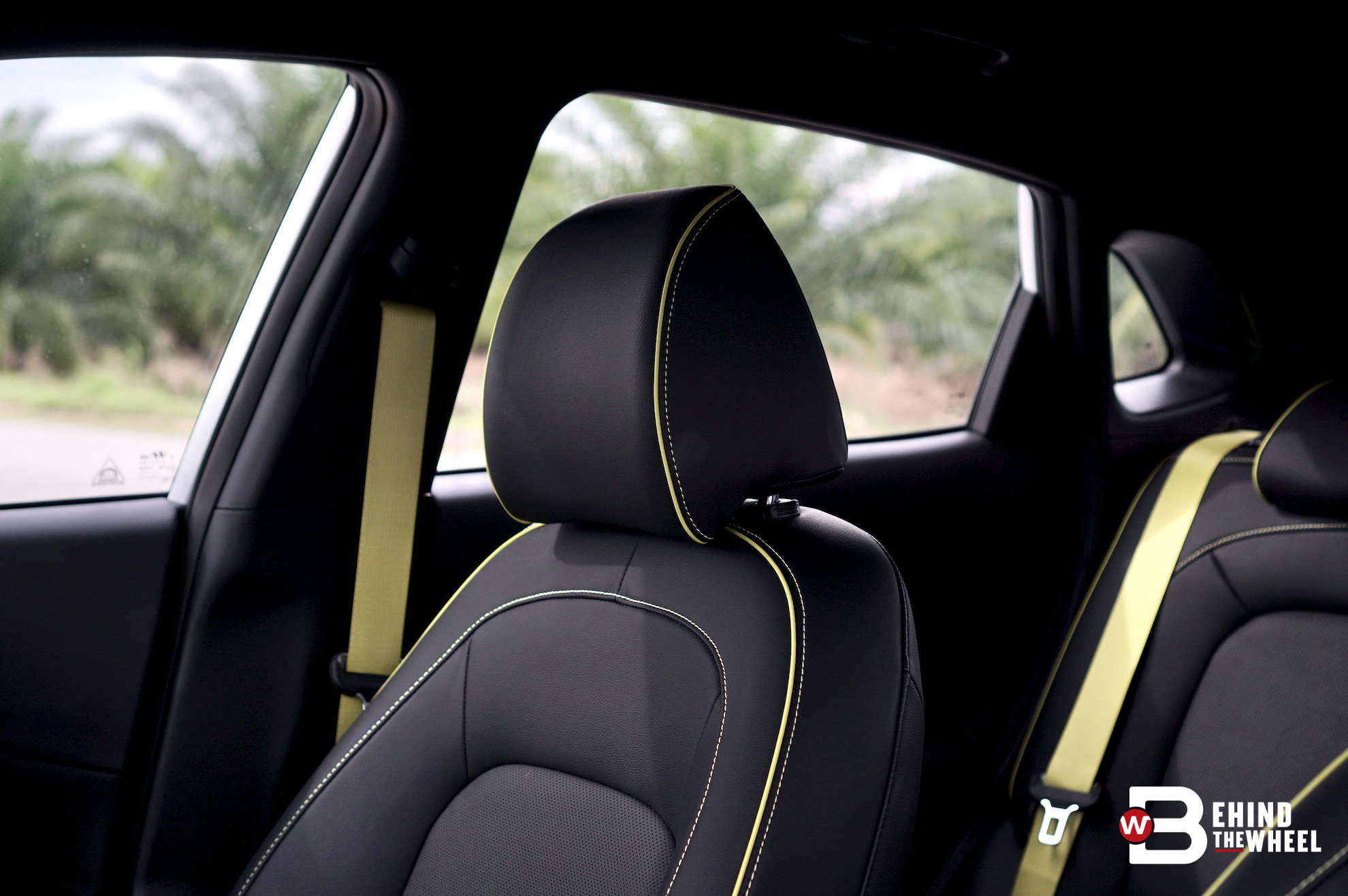
The Kona’s effervescence is better visualised in the interior. The lime green accents on the seats and dashboard are unmissable, and for once, you might not even mind the clashing of colours. Of course, there are two other colours of red and black to choose from, in case one is not adventurous with colours.
Purveyors of European-British car interior design will recognise the seat’s stylish design, which is a good thing. The seats are well padded for comfort and are bolstered enough that you don’t slide off while taking corners with maximum vim.
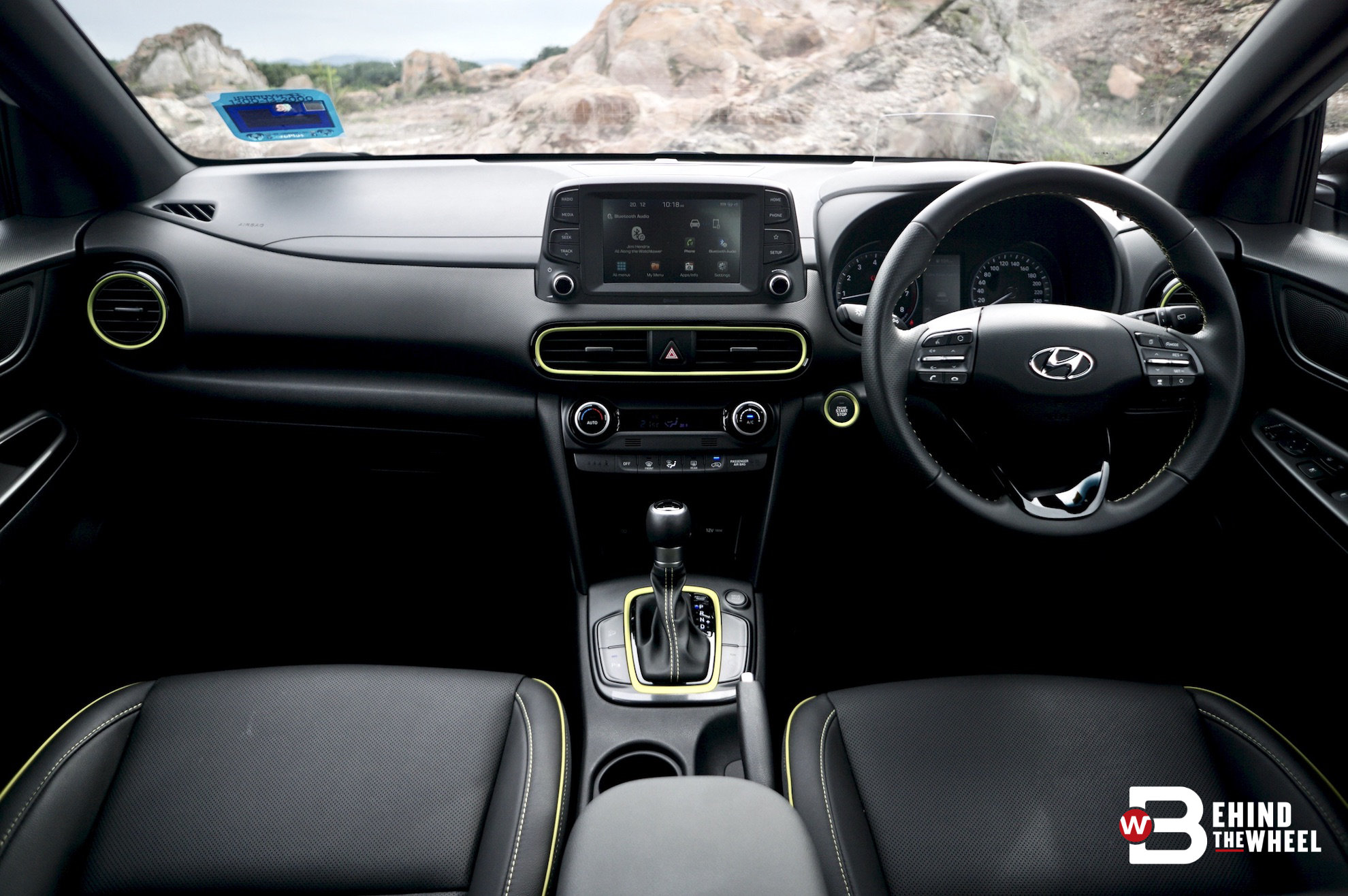
European influences in the design even extend to the seven-inch touchscreen with its buttons flanked on either sides and control knobs resting at the bottom. Yes, you’ve also seen that somewhere else. Nevertheless, the media centre accepts Apple CarPlay and Android Auto, as well as Bluetooth connections.
Below the touchscreen are the air-vents resting in an oblong housing. Standard push-buttons and rotary dials control the in-car climate. The Kona is also equipped with a set of USB ports and 12V power points. Delightfully, this version of the Kona comes with wireless charging, something that is becoming a necessity.
Is it fast or not?

The Kona’s lively acceleration makes the manufacturer’s claimed 0-100kph time of 7.7 seconds convincing. A Gamma 1.6-litre turbocharged engine produces a respectable 175hp but its 265Nm from 1,500rpm to 4,500rpm that will make this SUV usable in all urban situations.
A seven-speed dual-clutch transmission puts the power to the front wheels quickly. The lively acceleration is strong across the range, and there are enough legs to pull ahead even when driving at speed. It’s a good performance from an SUV that’s in its default Comfort drive mode.

As with all modern cars, the Kona lets you tweak how it drives. Eco and Sport modes and both function precisely as it says on the label by tweaking throttle response and shift points.
The Kona in Eco mode feels hesitant to put down the power, and the gears upshift quickly, which is fine on highways but not in the cities. In Sport mode, the Kona’s throttle becomes more responsive and hold the revs longer to achieve peak power.
Does Sport give Kona sportier handling?
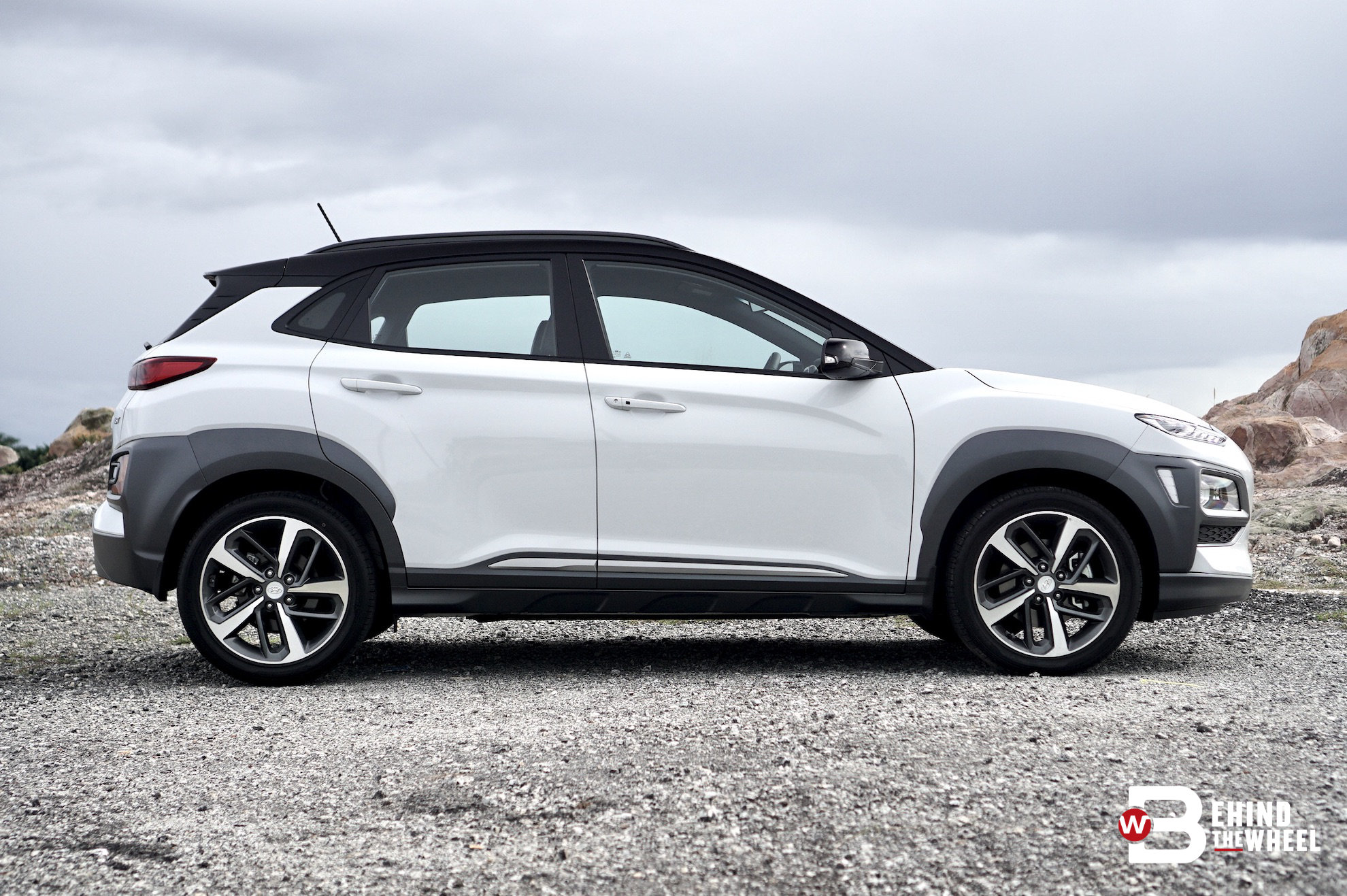
It comes as no surprise that Kona’s drive modes do not alter how the SUV rides and handles. Having said that, the Kona is excellent out of the box. The firm spring and dampers do a fine job absorbing all the road dishes out without being jarring over patchier tarmacs.
The Kona’s suspension setup makes the SUV feel stable whether driving on the highway or on the backroads. Corners are taken without significant body roll, and direction changes are completed without disturbing the SUV’s balance.
The steering isn’t the quickest that money can buy, but it does not matter because this SUV isn’t performance-oriented. Having said that, you’ll appreciate the accuracy of the steering that places the Kona exactly where you want it to be.
What is the Kona’s SmartSense all about?
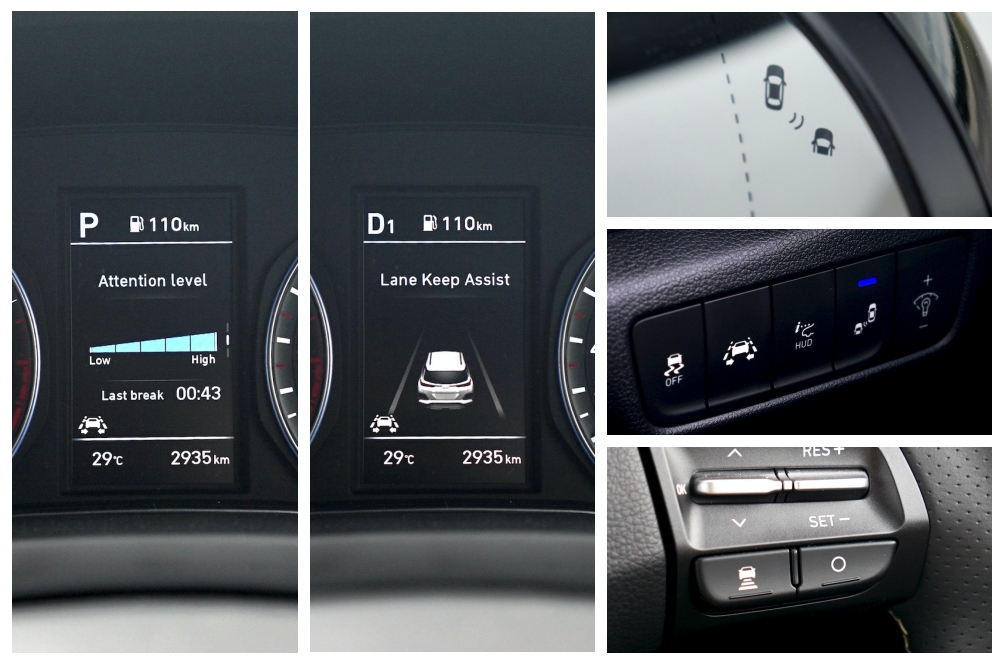
As with most new modern vehicles, the Kona is equipped with a whole gamut of advanced safety features that live under the umbrella, ‘Hyundai SmartSense’. There are seven items in the list that check and warns you of an approaching vehicle, keeps you in your lane, takes over the throttle and brakes, and tells you when to take a break.
And it works, of course. It can also be turned off if its intervention disturbs your driving — we’re looking at you, Lane Keeping Assist.
How much does the Kona gonna cost?
There are two variants to choose from and on test is the top of the range 1.6 Turbo. The Kona you see here will set you back RM143,888.00 and comes with a five-year/300,000km warranty.
How does the Hyundai Kona stack up?
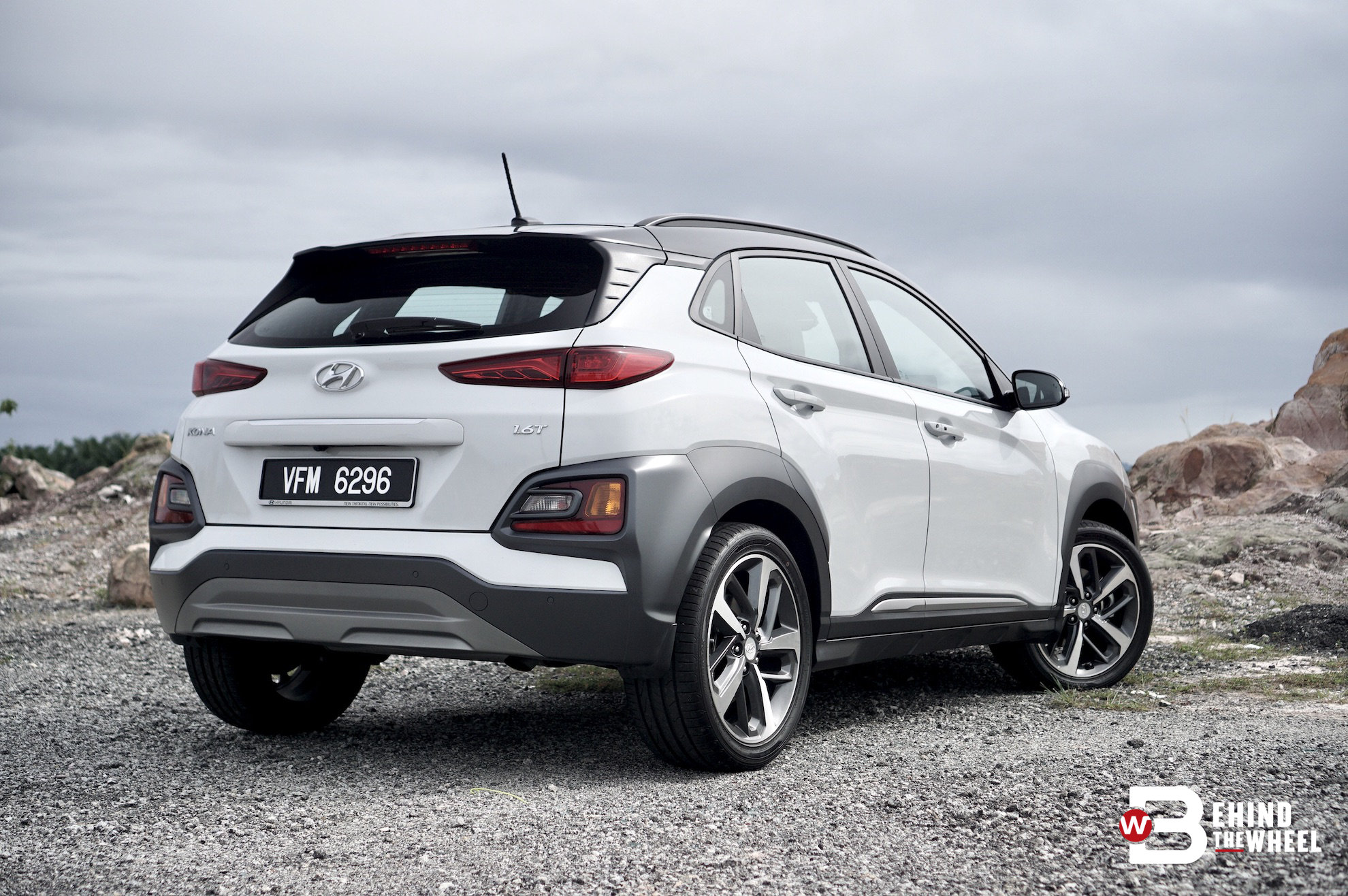
Granted, it is not the cheapest nor the most spacious compact SUV in the market. We both know whose head that crown sits on. But that isn’t to say that the Kona is without charm. Its quirky exterior design and interior highlights stand out, especially when paired with the right colour. Together with its powerful engine and suite of protection tech, the Kona is a real contender for your money.
Specification: Hyundai Kona 1.6 Turbo
Engine 1,591cc, 4-cylinder, dual CVVT, turbocharged, direct fuel injection | Transmission 7-speed dual clutch, front-wheel drive | Power & Torque 175hp @ 5,500rpm / 265Nm @ 1,500-4,500rpm | Performance 0-100kph in 7.7s, max speed 209kph | Price RM143,888.00

